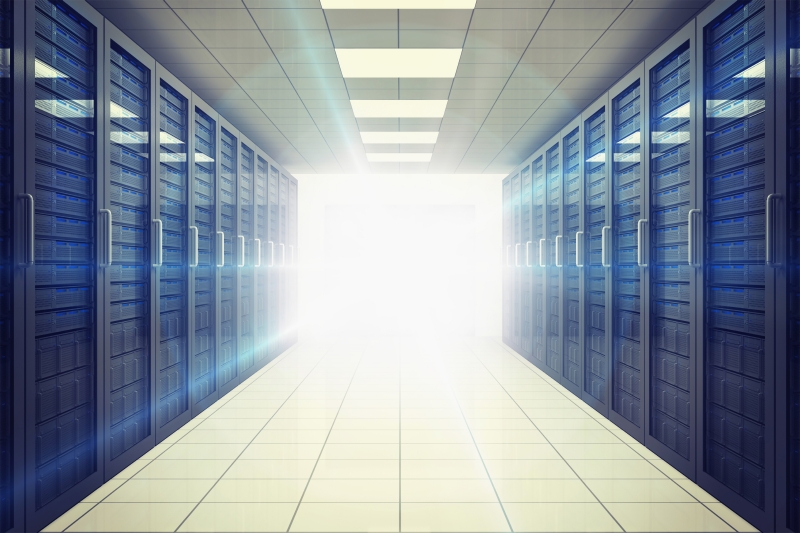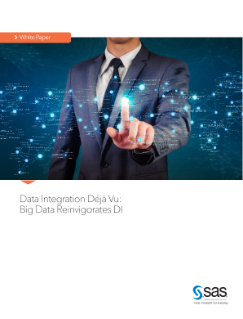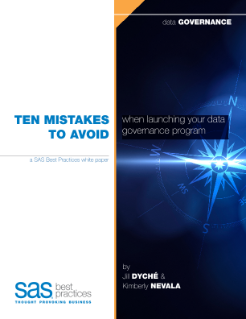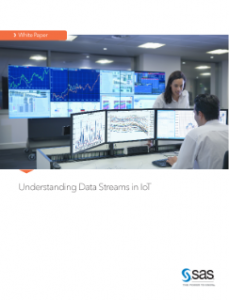
Most people have logged on to a social media site, maybe to look up an old friend, acquaintance or family member. Some people play games, or post funny pictures or other information they want to share with everyone. Do you ever ask yourself what happens with this information? What if your business wanted to purchase this information and










